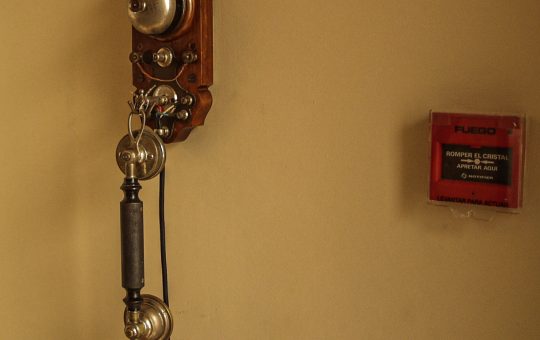It was another bad week for US Equities with indices down ~3% on the week and now down over 5.5% from the highs at the beginning of the month. It may be a little early to be drawing … [Read More...]
Rutherford Portfolio Review (Tranche 3): 19 April 2024
It was another bad week for US Equities with indices down ~3% on the week and now down over 5.5% from the highs at the beginning of the month. It may be a little early to be drawing … [Read more]
Darwin Portfolio Review: 12 April, 2024
The Darwin Portfolio is an "All-Weather" portfolio of five ETFs representing the major asset classes of US Equities (VTI), International Equities (VSS), US Real Estate (VNQ), US Treasuries (TLT) and Gold (GLD). For additional diversity a 10% … [Read more]
Rutherford Portfolio Review (Tranche 2): 12 April 2024
US Equities got slapped around a little this week and closed the week ~1.6% lower than last week's close: We are now sitting at the … [Read more]
Kahneman-Tversky Portfolio Review: 5 April, 2024
The Kahneman-Tversky Portfolio is the simplest Dual Momentum Portfolio that I review here on this site and selects only one asset chosen from a choice between three of the major asset classes - VTI (US Equities), VEA (International Equities) or US … [Read more]
Rutherford Portfolio Review (Tranche 1): 5 April 2024
Comments made by members of the Fed regarding the possibility that there may be no interest rate cuts this year scared the US equity markets on Thursday and, although they recovered slightly on Friday, markets closed the week ~1% lower from last … [Read more]
Franklin Sector BPI Portfolio Review: 5 April 2024
Franklin is the Sector BPI portfolio up for review today even though no sectors are in the oversold zone and we sold off all overbought sectors. The current holdings of Staples and Utilities are residing in the neutral zone. Over $2,200 remains in … [Read more]
Rutherford Portfolio Review (Tranche 4): 28 March 2024
US Markets started the week slowly with a small pullback at the beginning of the week but finished the holiday-shortened week with a recovery and closing about 0.25% higher than last week's close: However, we are still hovering at that 5200-5220 … [Read more]
Tentative Asset Allocation Model
Asset Allocation is a popular investing model when it comes to constructing a portfolio. What asset classes to include and what percentage of each asset is open for debate and discussion. In the follow example, titled ITA-AA, I've selected ten … [Read more]
- 1
- 2
- 3
- …
- 53
- Next Page »


